A Simple Guide To Overclocking Your Graphics Card With GPU Tweak
2012 is an exciting time to need a graphic card upgrade. New PCI-Express 3 cards have hit the market and include the Nvidia GeForce GTX 600 series, such as the recent GTX 680, and AMD's Radeon HD 7000 Series, including ASUS designed cards such as the Radeon HD 7970 DirectCU II, 7950 DirectCU II and 7870 DirectCU II as well as their TOP pre-overclocked variants. While these cards fill the news and people's upgrade anticipations right now, you don't need PCI-Express 3.0 or even the latest series of graphics cards to overclock though - generally speaking any graphics card can be overclocked in some way. This guide explains the process of how to overclock your graphics card with GPU Tweak, and applies to Nvidia and AMD graphics cards alike. 
Downloads you will need:
First of all download the latest version of ASUS GPU Tweak and AMD Catalyst drivers to get support for the latest models. For CrossFireX setups also download the latest version of CAP.
What is ASUS GPU Tweak?
GPU Tweak allows you to optimize clock speeds, voltage and fan speeds on up to four graphics cards independently or simultaneously, you can also select between GPU Tweak’s Standard or Advanced modes depending on your level of experience.
A good stress test to push your overclock stability is FurMark, while GPU-Z is a must and is included with the ASUS GPU Tweak; however you can also download the latest version separately as an ROG Skinned GPU-Z.
What is FurMark?
FurMark is an OpenGL-based GPU stress test utility (also called GPU burn-in test). It makes it possible to push the GPU to the max in order to test the stability of the graphics card (and the PSU too!) leading to maximum GPU and VRM temperatures. That’s why FurMark is often used by overclockers and graphics cards fanatics to validate an overclocking, to test a new VGA cooler or to check the max power consumption of a video card.
Before we start
Open which ever version of GPU-Z you are using. Select the sensor tab, look at the bottom and tick both the boxes. You will be prompted to select a default location for the log file it will be creating. Why do we want this? Well if the overclock fails it is handy to look at the logged file and see what the possible cause of the failure was, as if your system freezes up you cannot check what you’re GPU temperatures were when the system froze. This way we can check the history and then make informed calls on the correct way forward. 
Create a baseline
Open your FurMark stress test - Select the profile you wish to run, I suggest you use the profile that will match as close to your gaming resolution. I used the 1920x1080 (1080p) setting. Remember the point of this exercise is to establish knowledge of the baseline stability of your graphic card at stock speeds. You can use any of the pre-set profiles too, as long as you are using the same settings each time we do a stability test.
Once we have these temperature numbers and are confident that the card is running perfectly at stock speeds, then we can overclock!
First: Memory Overclocking
The first thing to do is see what the maximum memory frequency is. 
- Open GPU Tweak
- Either move the slider for the memory to up by 100MHz using the mouse, the keyboard arrow keys, or directly key in a value 100MHz higher. The offset value will tell you how far from stock MHz it's been changed.
- Apply the setting.
- Open FurMark and run the benchmark preset that you prefer.
- If your system passes, increase the frequency by 100MHz on the slider again.
- Apply and run FurMark again
- Repeat until your system fails the benchmark test or crashes.
- Drop back 100MHz from the last used setting using the slider
- Run the benchmark again to check
- If passed successfully stop there and record the frequency that your system passed the benchmark test successfully at.
- Reset GPU Tweak to default
We are not going to change any voltages in this basic guide until the very end. We now have the stand alone maximum memory frequency for our graphics card. It is actually unlikely that we will achieve this frequency when the GPU core is overclocked as well (due to reasons such as EMI, power draw, and induced heat from the GPU affecting the GDDR5 chips and PCB tracing, but what we do have is a known range within which we can work.
GPU Core
The next thing we are going to do is see what our maximum GPU frequency is. 
- Open GPU Tweak
- Either move the slider for the GPU to up by 10MHz using the mouse, the keyboard arrow keys, or directly key in a value 10MHz higher. The offset value will tell you how far from stock MHz it's been changed.
- Apply the setting.
- Open FurMark and run the benchmark preset that you prefer.
- If your system passes, increase the frequency by 10MHz on the slider again.
- Apply and run FurMark again
- Repeat until your system fails the benchmark test or crashes.
- Drop back 10MHz from the last used setting using the slider
- Run the benchmark again to check
- If passed successfully stop there and record the frequency that your system passed the benchmark test successfully at.
Once again we have is a known frequency that our GPU can achieve, but yet without voltage changes.
Putting the Core and Memory together
Now the moment of truth: putting them both together. Most of the time it will not be possible to get the max core frequency and the max memory frequency that we achieved separately to be stable at the same time, but we will try and get as close as possible.
- Open GPU Tweak
- Leave the GPU core voltage linked to GPU frequency (this is the default setting)
- Move the slider for the core to 50MHz below your maximum previously achieved
- Move the slider for the memory to 200MHz below your maximum previously achieved
- Open FurMark and run the benchmark preset that you have selected
- Optional: If your system still passes, repeat 2-4 but increasing the core up by 10MHz and memory by 25MHz each time.
- If your system passes, run the 15 minutes burn in test and keep an eye on your temperatures.
- You have a stable overclock of your graphic card at close to the maximum that can be achieved without any additional voltages or special cooling.
If your overclock did not pass the FurMark stress test then do the following.
- Open GPU Tweak
- Move the slider for the core to 75MHz below your maximum previously achieved
- Move the slider for the memory to 200MHz below your maximum previously achieve
- Open FurMark and run the benchmark preset that you have selected
- If your system passes run the 15 minutes burn in test.
- You have a stable overclock of your graphic card at close to the maximum that can be achieved without any additional voltages or special cooling.
But wait there is more
At present we have the GPU core voltage and the GPU frequency linked in GPU Tweak. This works but it is less than ideal as it’s a bit overprovisioned. Normally we can reduce the amount of voltage needed to achieve what we currently have. Here is how we are going to find that out. 
- If you have an ASUS graphics card, unlink the Voltage/Frequency by clicking on the little lock symbol, otherwise it will already be unlinked.
- Ensure your Graphic Core frequency remains at the final stable overclock achieved
- Reduce the voltage by small increments: I use 10mV steps.
- So if your voltage was at 1.050V reduce to 1.040V
- Run the FurMark test and if passes, lower the voltage again
- Repeat until your system does not pass
- Increase your voltage by one 10mV from the previous value
- Optional: Run FurMark to double-check.
You are done! Enjoy your overclocked graphic card. Please post GPU-Z screen shots with your best stable overclock and include the voltages you have used.
Author
Popular Posts

How to adjust your laptop's P-Cores and E-Cores for better performance and battery life
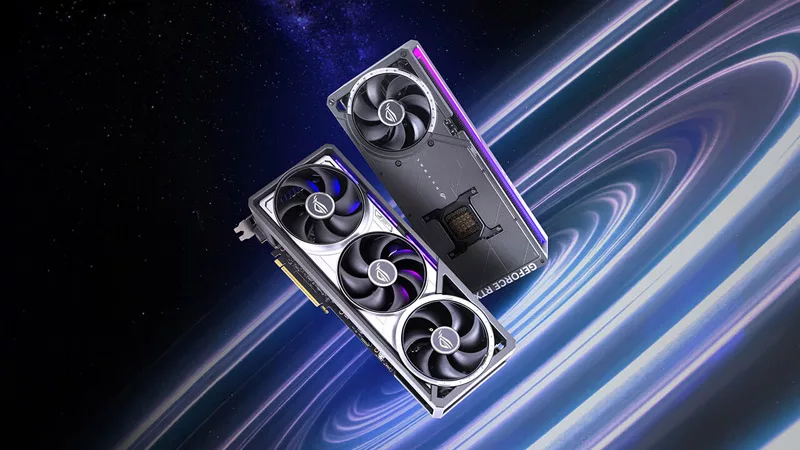
Introducing the ROG Astral GeForce RTX 5090 and 5080: a new frontier of gaming graphics

How to Cleanly Uninstall and Reinstall Armoury Crate
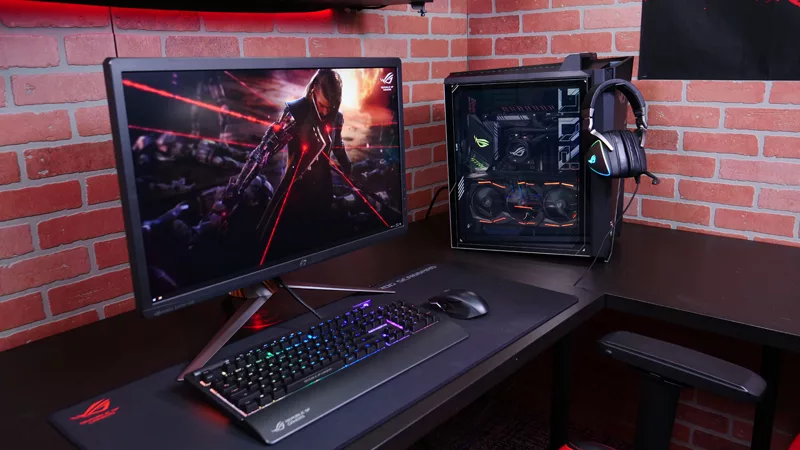
How to configure your PC's RGB lighting with Aura Sync
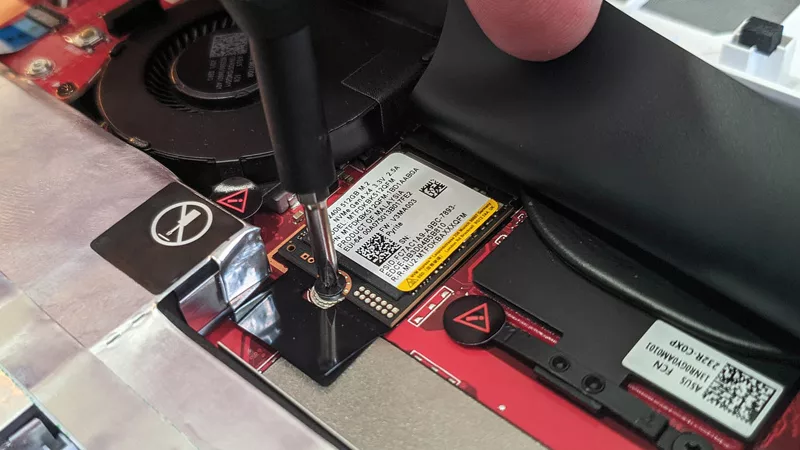
How to upgrade the SSD and reinstall Windows on your ROG Ally or Ally X
LATEST ARTICLES
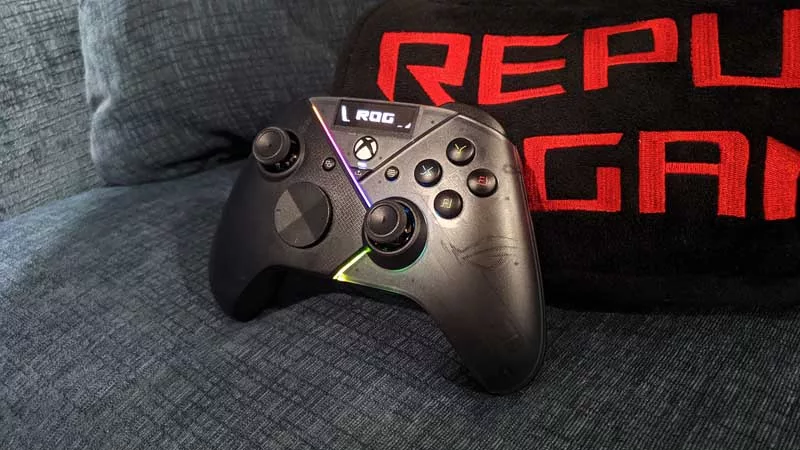
Hands-on: The ROG Raikiri Pro took my couch gaming to the next level
I've been a diehard PC gamer all my life, but I often play on the couch. The ROG Raikiri Pro has improved my living room PC gaming immeasurably thanks to a few useful features and loads of customizability.
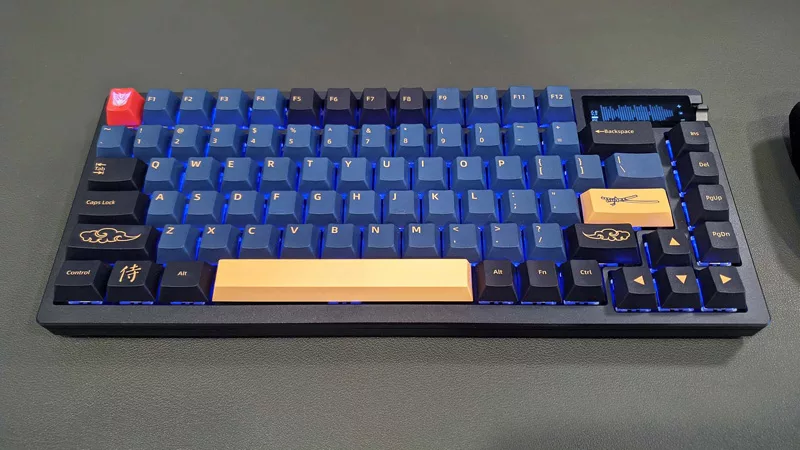
Hands-on: The ROG Azoth became the canvas for the keyboard of my dreams
Ever since I bought my first mechanical keyboard, I’ve been on a mission to mod and upgrade, mod and upgrade. But I think the ROG Azoth may actually be my endgame.
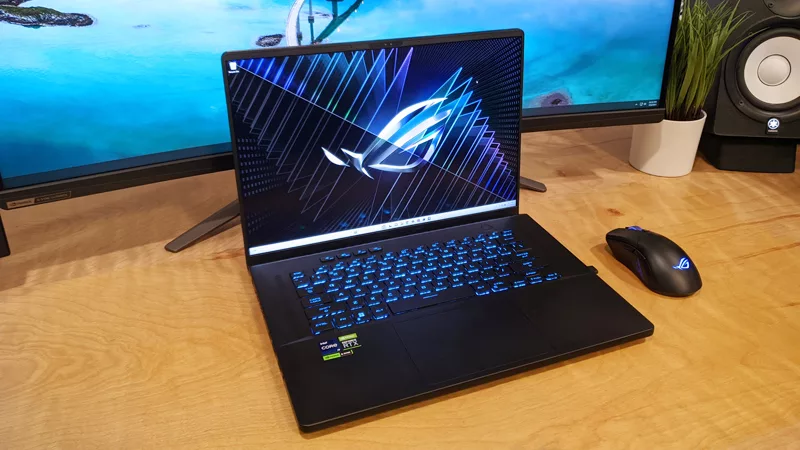
The Zephyrus M16 blends outstanding HDR gaming performance with undeniable luxury
The new ROG Zephyrus M16, with its Nebula HDR display, is like bringing a high-end home theater gaming setup with you wherever you go.
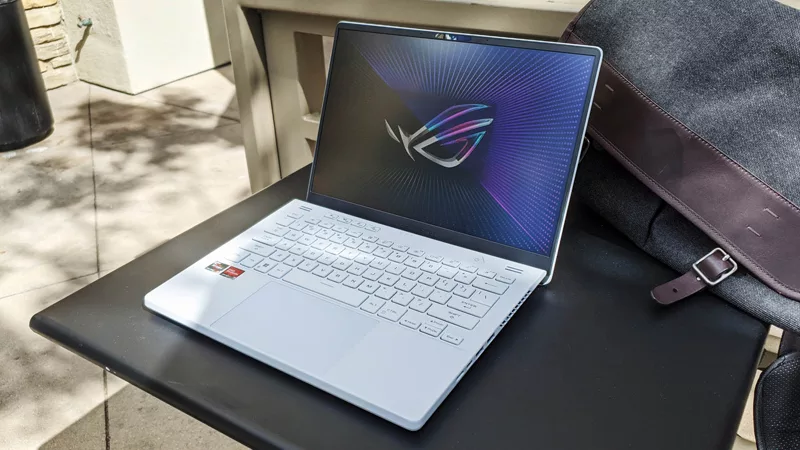
Radeon graphics and a stellar new display reinvigorate 2022 ROG Zephyrus G14
For a long time, I had to choose between underpowered ultraportable laptop and large laptops capable of gaming. But the ROG Zephyrus G14 puts admirable gaming chops into an ultra portable machine that travels anywhere.
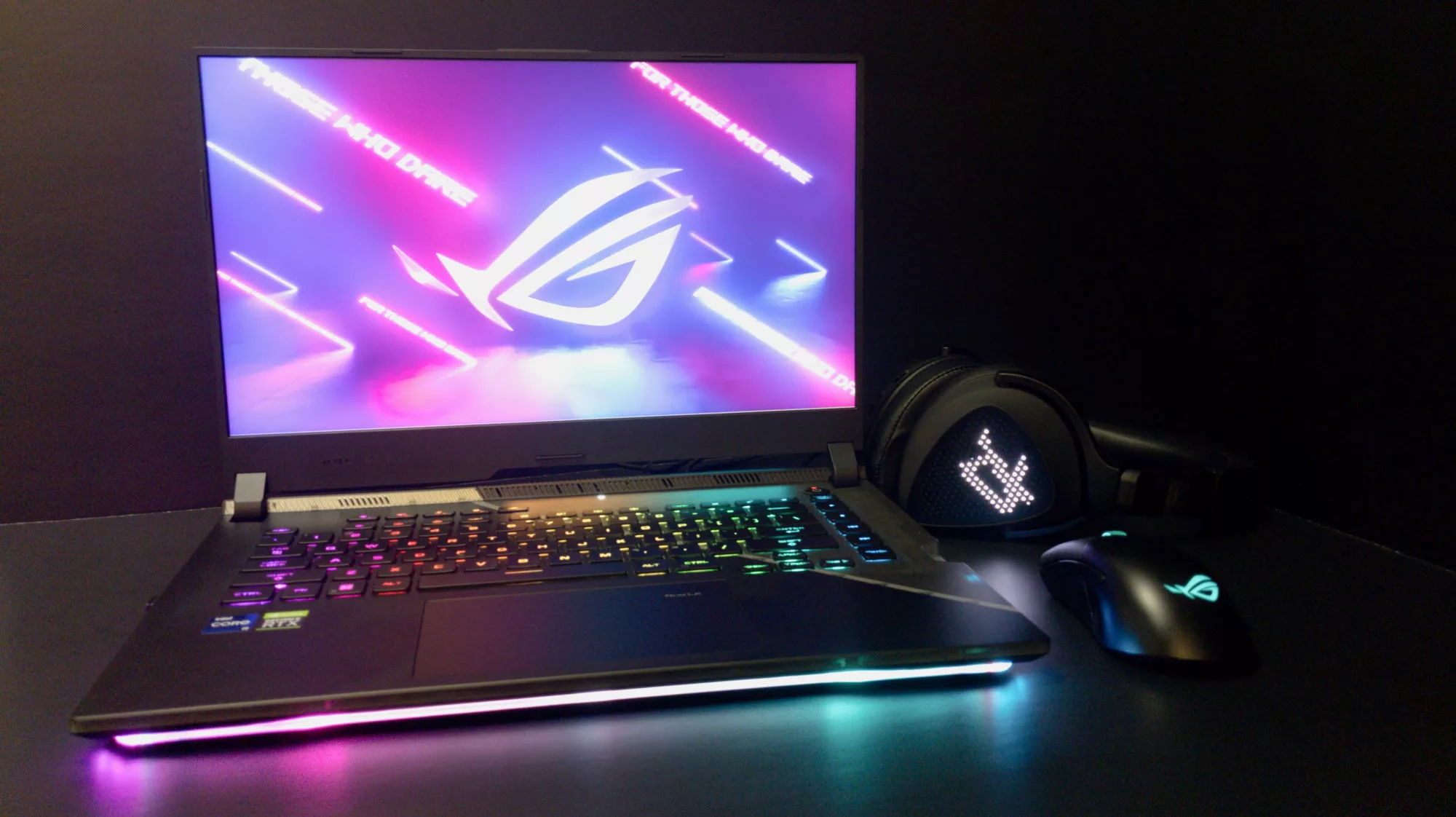
Ready to rumble out of the box: Hands-on with the ROG Strix SCAR 15
Living on the move or in a smaller space isn't a roadblock to high-end gaming. The ROG Strix SCAR makes portable powerful.
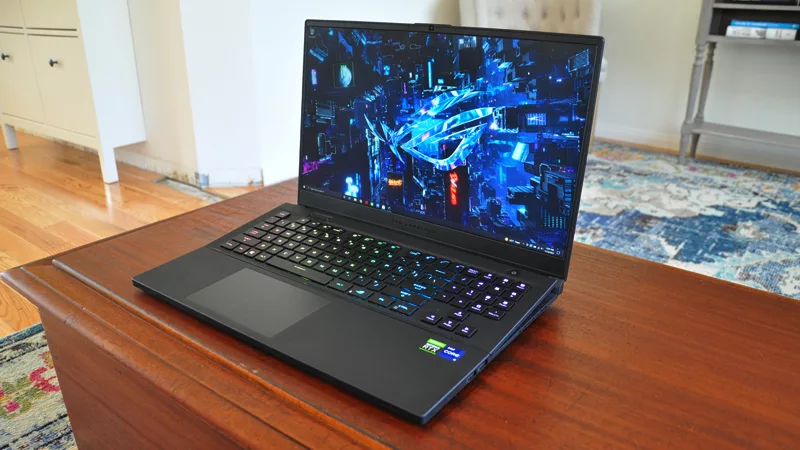
The ROG Zephyrus S17 is an outstanding mixture of power and portability
The S17 has it all: top-tier hardware in a slim package with all the bells and whistles.

